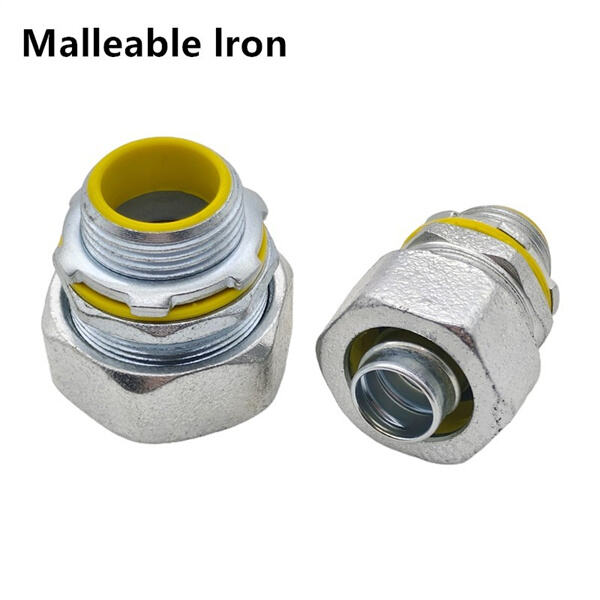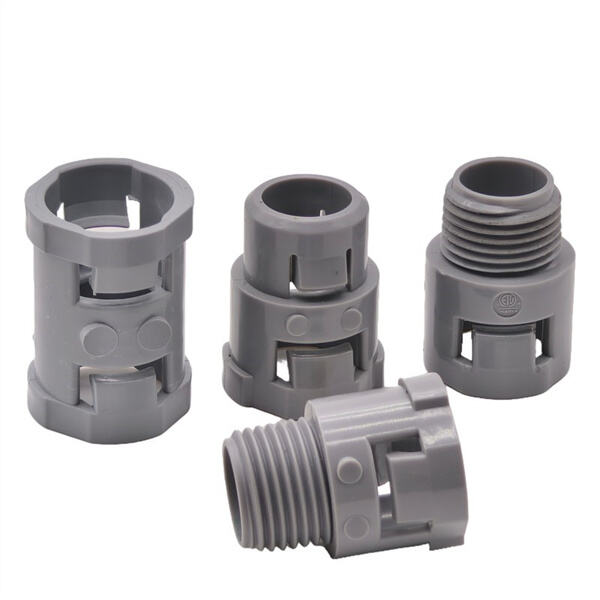Do you ever wonder how electricity goes to all the multiple places in your house? And, fitting electrical conduit is a big part of that. An electrical conduit fittings is like a hollow pipe that shields the wires that convey electricity to outlets, lights and switches in your home. Now, proportion fitting electrical conduit and Anita’s here to show you how you can do it yourself at home.
Before getting anything into your home to fit electrical conduits, you will need to decide on the type of the conduit. Conduit comes in various different types - PVC, metal, and flexible conduit. Each has its own pros and cons, so make sure you select the one that best fits your electrical needs.
Working on an outdoor project or in a wet location. Anita’s pvc electrical conduit fittings is a good choice because it is weatherproof. Metal conduit however, is more durable and offers better protection to the wires within. It can be bent and pushed through tight passageways and compact corners without using elbow or other fittings.
Now that you have selected the proper type of conduit for your project, it is time to begin the installation process. Here’s a step-by-step guide to do some of that electrical conduit fitting in your home:

While measuring and flexible electrical conduit fittings can be a bit tricky, take a few tips from Anita and in no time you’ll be fitting electrical conduit like a professional. How to measure and cut tubing or conduit for a proper fit. Here are a few things to keep in mind when you start measuring and cutting the conduit:

There are a few common errors when installing electrical conduit and fittings that you will want to avoid for a safe and effective installation. Here’s a list of some of those mistakes.

To ensure your flexible metal electrical conduit has a long life, it must be installed or secured and supported correctly. Here are some ideas when it comes to safely strapping and supporting conduit, and achieving long-term protection: